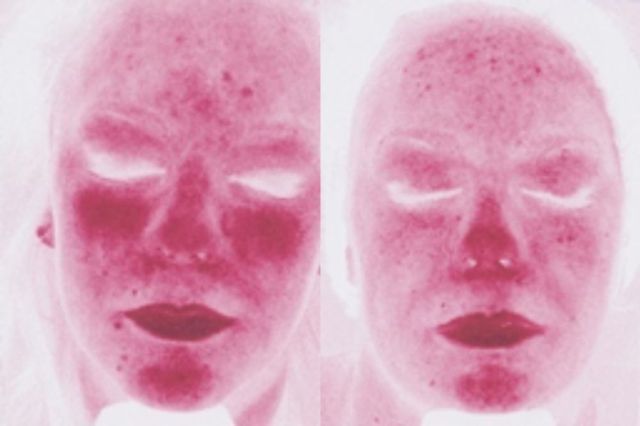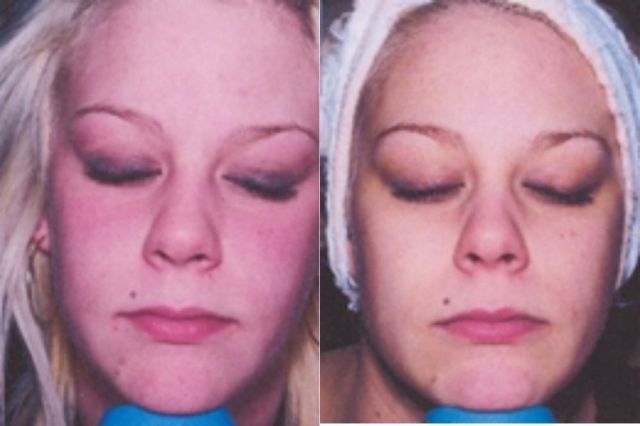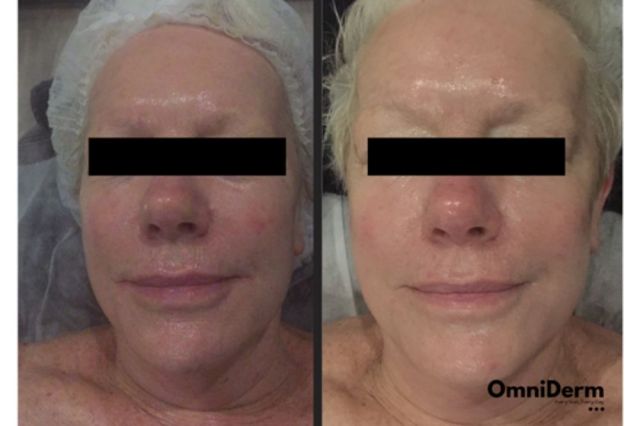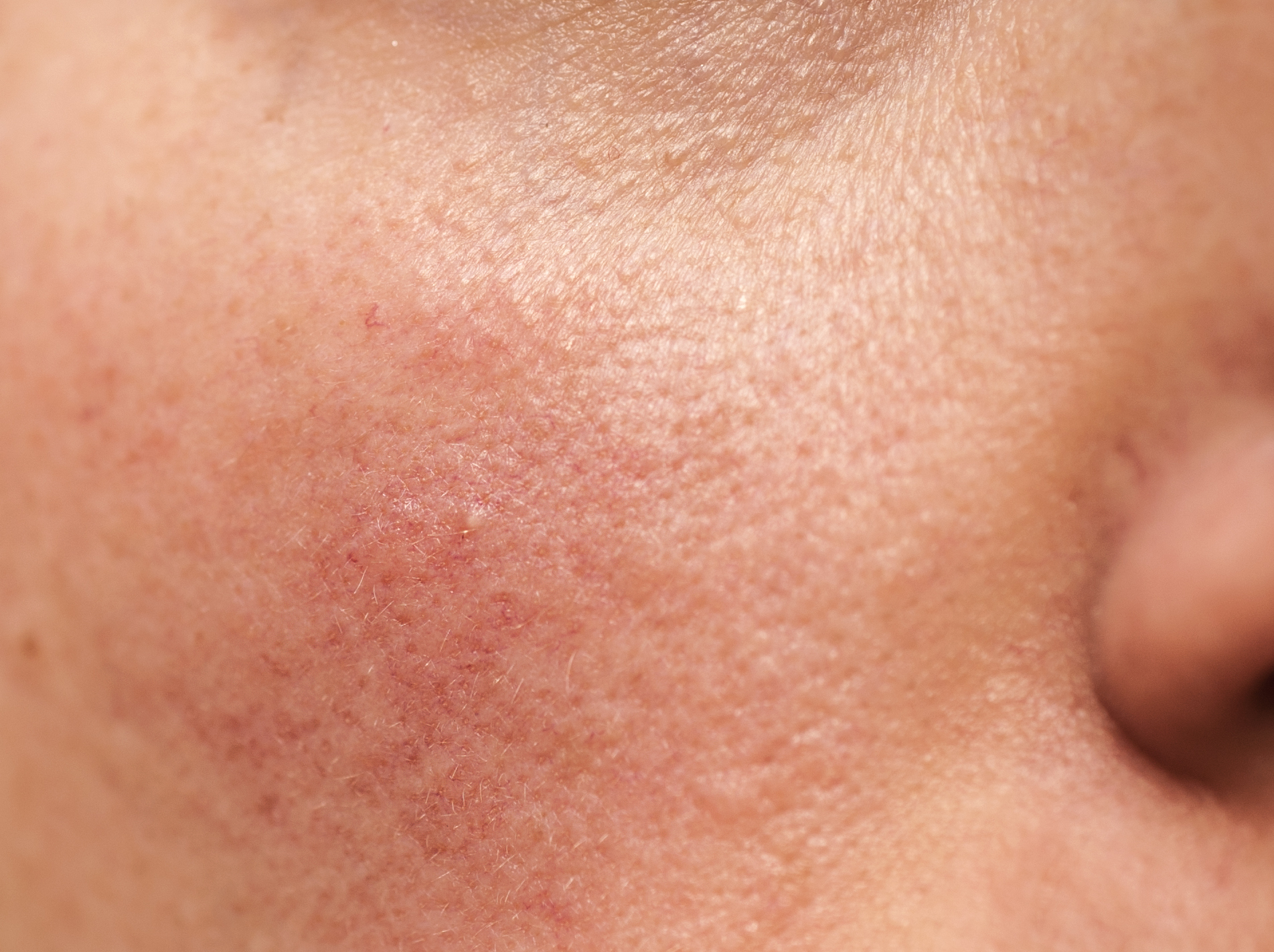By Paul Fister, B.Bus (Mktg), Dip. Form. Chem., Member ASCC
For many skin professionals the names Joseph DiNardo and Joseph Lewis have a special meaning. They developed the iconic brand MD Formulations and started the massive trend to cosmeceuticals in Australia. In a paper published in 2010 the two scientists made the following comment on ‘The Future of Cosmeceuticals’:
“…much of current therapies are still focused on “age reversal” and repair rather than preventive therapies. The cascade of cellular events and damage triggered by free radicals and the negative impact of chronic upregulation/activation of degrading enzymes and chronic inflammation in the skin contribute greatly to “premature aging”. (1)
What does this mean?
For OmniDerm these lines were an important piece in a
puzzle that took us many years to complete.
We started OmniDerm not long after the launch of MD Formulations in Australia. This made our first few years a difficult battle as we did not participate in the trend to AHAs, glycolic and other acids. We watched developments in the cosmeceutical area with interest. In order to differentiate our products from cosmeceuticals we started to refer to them as ‘biomimetic’. We are mimicking or reproducing the conditions found on young healthy skin, with particular emphasis on the sanctity of the skin’s hydro-lipidic barrier.
In 2004, a book released by Nicholas Perricone, MD, aroused our interest. He wrote about ‘working with the body, not against it’, (2) and warned of the dangers of inflammation. He mentions that ‘This inflammation produces enzymes that break down collagen, resulting in wrinkles.’(3) He recommended the use of peptides in skincare.
Dr. Marc Taylor on the website ‘www.skincareRX.com’ at the time also advocated a change from acids to peptides. He stated that anti-aging treatments that work by damaging or irritating the skin cause inflammation, leading to free radicals that destroy collagen and elastin fibres. (4)
It was around this time that we trained staff at Elegant Image in Tuggeranong, ACT. A 20-year old therapist had been using a cosmeceutical product on her skin. Elegant Image were working with a Canfield Imaging device. They kindly provided us with before and after photos of their therapist. These photos show significant levels of angiogenesis caused by inflammation prior to the change to our biomimetic cream.


At this point we did not yet understand the mechanism that caused Dr. Perricone and Dr. Taylor to warn about damage to collagen and elastin fibres. The photos from Elegant Image supported the theory that daily application of cosmeceutical products results in chronic low-level inflammation of the skin. We started publishing articles warning of the dangers of dehydration, inflammation and oxidation (free radical formation). By 2011 we felt so confident about this issue that we published an article in Professional Beauty titled ‘The Dark Side of Acids’. (5).
Another piece of the puzzle followed soon after. Dr. Ben Johnson, founder of Osmosis Skincare, stated in an article that ‘forced exfoliation may be incredibly detrimental to the skin’. (6) While attending the International Beauty Show in Las Vegas in 2013 we had an opportunity to attend his presentation titled “The Permanent Treatment for Hyperpigmentation”. Speaking about products containing AHAs he stated:
“How can we expect to treat a problem that was caused by inflammation
with a product that causes more inflammation?”
Finally two sources gave us a detailed explanation of processes leading to the warnings above. Mark Lees, PhD:
Chronic inflammation of the skin, especially including cumulative sun exposure, causes a domino effect of biochemical reactions called the inflammation cascade, also known as the free radical cascade. Inflammation results in the formation of free radicals, which are unstable atoms that rob electrons from cells in the skin, that can cause damage to DNA in cells and the fibroblasts that produce collagen. Free radicals also produce biochemical damage that can lead to eventual skin cancers and abnormal growths. The end products of this inflammatory biochemical reaction can cause the skin to produce “self-destruct” enzymes such as collagenase, elastase, and hyaluronidase, which destroy collagen, elastin, and hyaluronic acid. (7)
He continues to explain how we can control inflammation in the skin:
Avoidance of sources that cause inflammation, such as constant exposure to heat
or the overuse of skin care treatments that chronically leave the skin inflamed. (8)
In his book The New Ideal in Skin Health Carl R. Thornfeldt, MD lists a number of chemicals including certain acids. He states that they are destructive to the skin barrier.
“Prolonged daily use activates destructive chronic inflammation
eventually upregulating matrix metalloproteinases (MMPs). (9)
Further:
The primary MMPs include: #1, also known as collagenase, #3,
known as stromelysin; and #9, known as elastase. These destroy
collagen, ground substance and elastin, respectively. (10)
Dr. Thornfeldt’s findings confirm the statement by Mark Lees, PhD. He goes on to discuss various skin anomalies caused by inflammation, concluding:
While none of these anomalies require an injury strong enough to induce erythema, pain or itch, destructive invisible subclinical damage is underway, accumulating over a period of five to 50 years, depending on the total lifetime exposure, duration and intensity. (11)
Dr. Thornfeldt continues:
The purpose of exfoliation treatments and products is to remove the dead cells
on the top of the skin in order to reveal the younger cells underneath and
increase cell turnover. This removal does create damage to the SC PB,
which triggers inflammation. As mentioned previously, acute inflammation
can be beneficial to the skin. However, it is important to quickly stop
the inflammation from the exfoliation treatments or topical products.
This cessation can be achieved by applying barrier repair and
anti-inflammatory products post-procedure or following an exfoliation product. (12)
This intervention to stop chronic inflammation is so important that Dr. Thornfeldt repeats it several times in his book.
Finally, back to Joseph DiNardo and Josef Lewis. They conclude the above statement as follows:
“The years ahead will see more emphasis on “beauty maintenance” or “skin fitness for
life” as products and actives and delivery systems become more scientifically sound.” (13)
In our articles on Skin Slugging and the Skin Hydration we discussed the importance of the skin’s hydro-lipidic barrier. We have listed studies that show the superior hydration characteristics of oil-based creams. Biomimetic oil-based creams are a solution that immediately replicates and repairs the skin barrier, and maintains the barrier all day long. This removes the cause for the inflammatory response, redness subsides quickly, the production of destructive enzymes ceases. As seen in the photographs provided by Elegant Image, angiogenesis (redness) subsides quickly and substantially. This is also evident in these photos provided to us by Bellissima in Culburra Beach, NSW.

Cosmeceuticals are very popular and are likely to remain so. However, based on the information provided above we recommend to finish the daily beauty routine with an oil-based cream. This will replenish the skin’s hydro-lipidic barrier and immediately alleviate the inflammatory processes the skin is exposed to.
Note: This article will be seen to be controversial. It could not be based on more credible sources. Beneficial effects of the use of cosmeceuticals have been widely publicised and are well known. As usual, every action leads to a reaction. Treating therapists need to be aware of any and all consequences of the treatments and products they recommend to the public.
For more information, visit www.dr-spiller.com.au.
Dr. Spiller is distributed in Australia by OmniDerm Pty. Ltd
51-53 Tinning Street, Brunswick VIC 3056
T: 03 9645 0200
E: admin@omniderm.com.au
- Cosmetic Formulation of Skin Care Products, edited by Zoe Diana Draelos, Lauren A. Thaman, Informa Healthcare USA, Inc., ISBN-13: 978-0-8493-3968-4, 2010, p.201
- The Perricone Promise, Nicholas Perricone, MD, Time Warner Books, London, 2004, ISBN 0 316 72996 5, Introduction
- Ibid, p.12
- A screen shot of the relevant web page can be found on the Internet Archive Waybackmachine, http://skincarerx.com/peptides.html, June 14 2005
- Professional Beauty Magazine, March/April 2011, p.96 ff
- Feature Article in Australian Advanced Aesthetics 03-09, Dr. Ben Johnson, date and page number unknown
- The Skin Care Answer Book, Mark Lees, PhD, ISBN-13: 978-1-4354-8225-8, Mylady, Executive Woods, 5 Maxwell Drive, Clifton Park, NY 12065, USA, p.28
- Ibid, p.29
- The New Ideal in Skin Health: Separating Fact from Fiction, Carl R. Thornfeldt, MD and Krista Bourne, LE, ISBN: 978-1-932633-69-6, Allured Business Media, 336 Gundersen Drive, Suite A, Carol Stream, IL 60188 USA, p.37
- Ibid, p.43
- Ibid, p.43
- Ibid, p.45
- Cosmetic Formulation of Skin Care Products, op.cit., p.201.
Read the current issue of our digital magazine here:
- For more news and updates, subscribe to our weekly newsletter
- Follow us on Instagram
- Like us on Facebook
- Join Australia’s largest network of beauty industry professionals on LinkedIn
- Subscribe to our print magazine
Have an idea for a story or want to see a topic covered on our site and in our pages? Get in touch at info@professionalbeauty.com.au.

